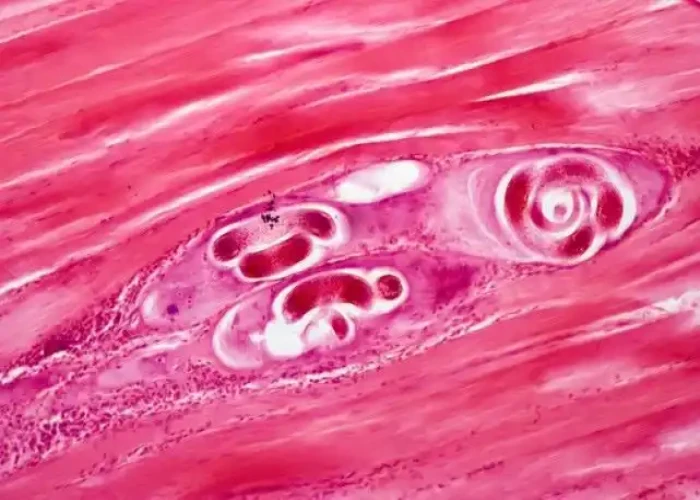 Welcome
Welcome
“May all be happy, may all be healed, may all be at peace and may no one ever suffer."
Uveitis

Uveitis is an inflammatory condition that affects the uvea, which is the middle layer of the eye that includes the iris, ciliary body, and choroid. Uveitis can also involve adjacent structures, such as the retina and vitreous.
Symptoms of uveitis can include redness of the eye, pain, sensitivity to light, blurred vision, and dark floaters in the field of vision. In some cases, uveitis can develop suddenly and be severe, while in other cases it can develop slowly and be less noticeable.
The causes of uveitis can vary and may include infection, autoimmune disorders, trauma to the eye, and some types of cancer. Diagnosis of uveitis typically involves a comprehensive eye exam, including dilating the pupils, as well as blood tests and imaging tests to determine the underlying cause.
Treatment of uveitis depends on the severity and cause of the inflammation. Treatment options may include topical or systemic corticosteroids to reduce inflammation, immunosuppressive drugs to control the immune system, and antibiotics or antiviral medications if an infection is present. In some cases, surgery may be required to address complications of uveitis, such as cataracts or glaucoma.
Without proper treatment, uveitis can lead to complications such as cataracts, glaucoma, and permanent vision loss. It is important to seek prompt medical attention if any symptoms of uveitis are present.
Research Papers
Disease Signs and Symptoms
- Eye redness
- Eye pain or burning
- Sensitivity to light (Photophobia)
- Blurred vision of eye
- Dark, floating spots in the field of vision (floaters)
Disease Causes
Uveitis
In about half of all cases, the specific cause of uveitis isn't clear, and the disorder may be considered an autoimmune disease that only affects the eye or eyes. If a cause can be determined, it may be one of the following:
- An autoimmune or inflammatory disorder that affects other parts of the body, such as sarcoidosis, ankylosing spondylitis, systemic lupus erythematosus or Crohn's disease
- An infection, such as cat-scratch disease, herpes zoster, syphilis, toxoplasmosis or tuberculosis
- Medication side effect
- Eye injury or surgery
- Very rarely, a cancer that affects the eye, such as lymphoma
Disease Prevents
Disease Treatments
If uveitis is caused by an underlying condition, treatment may focus on that specific condition. Usually the treatment for uveitis is the same regardless of the associated cause, as long as it is not infectious. The goal of treatment is to reduce the inflammation in your eye, as well as in other parts of the body, if present. In some cases, treatment may be necessary for months to years. Several treatment options are available.
Medications
- Drugs that reduce inflammation. Your doctor may first prescribe eyedrops with an anti-inflammatory medication, such as a corticosteroid. Eyedrops are usually not enough to treat inflammation beyond the front of the eye, so a corticosteroid injection in or around the eye or corticosteroid tablets (taken by mouth) may be necessary.
- Drugs that control spasms. Eyedrops that widen (dilate) the pupil may be prescribed to control spasms in the iris and ciliary body, which can help relieve eye pain.
- Drugs that fight bacteria or viruses. If uveitis is caused by an infection, your doctor may prescribe antibiotics, antiviral medications or other medicines, with or without corticosteroids, to bring the infection under control.
- Drugs that affect the immune system or destroy cells. You may need immunosuppressive drugs if your uveitis affects both eyes, doesn't respond well to corticosteroids or becomes severe enough to threaten your vision.
Some of these medications can have serious eye-related side effects, such as glaucoma and cataracts. Medications by mouth or injection can have side effects in other parts of the body outside the eyes. You may need to visit your doctor for follow-up examinations and blood tests every one to three months.
Surgical or other procedures
- Vitrectomy. Surgery to remove some of the vitreous in your eye is rarely used to diagnose or manage the condition.
- A medication-releasing implant. For people with difficult-to-treat posterior uveitis, a device that's implanted in the eye may be an option. This device slowly releases corticosteroid into the eye for two to three years.
- Cataracts usually develop in people who have not yet had cataract surgery. Up to 30% of patients will also require treatment for elevated eye pressure to prevent the development of glaucoma.
The speed of your recovery depends in part on the type of uveitis you have and the severity of your symptoms. Uveitis that affects the back of your eye (posterior uveitis or panuveitis, including retinitis or choroiditis) tends to heal more slowly than uveitis in the front of the eye (anterior uveitis or iritis). Severe inflammation takes longer to clear up than mild inflammation does.
Uveitis can come back. Make an appointment with your doctor if any of your symptoms reappear or worsen.
Disease Diagnoses
Disease Allopathic Generics
Disease Ayurvedic Generics
Disease Homeopathic Generics
Disease yoga
Uveitis and Learn More about Diseases

Giardial Dysentry

Retention of Urine

Preterm labor

Radiation enteritis

Trichinosis

Carcinoid tumors

Conjoined twins

Type 2 diabetes
uveitis, ইউভাইটিস
To be happy, beautiful, healthy, wealthy, hale and long-lived stay with DM3S.
